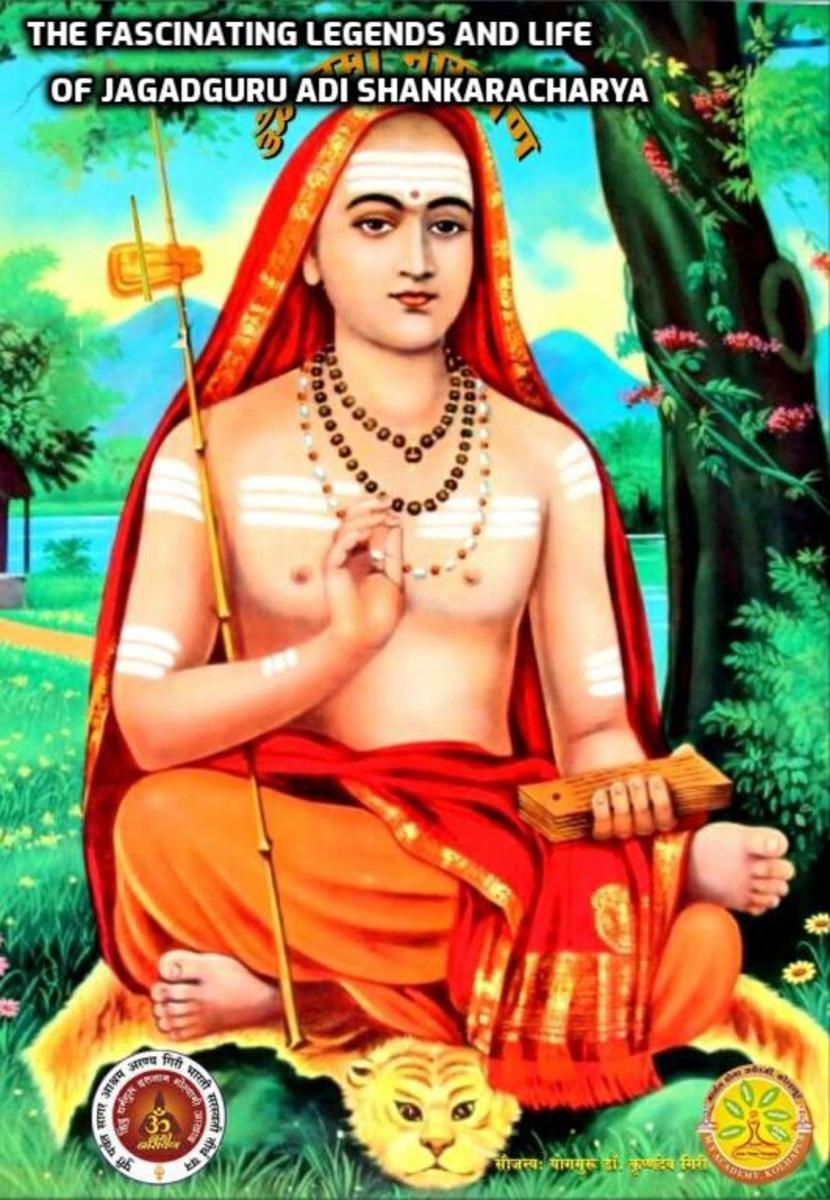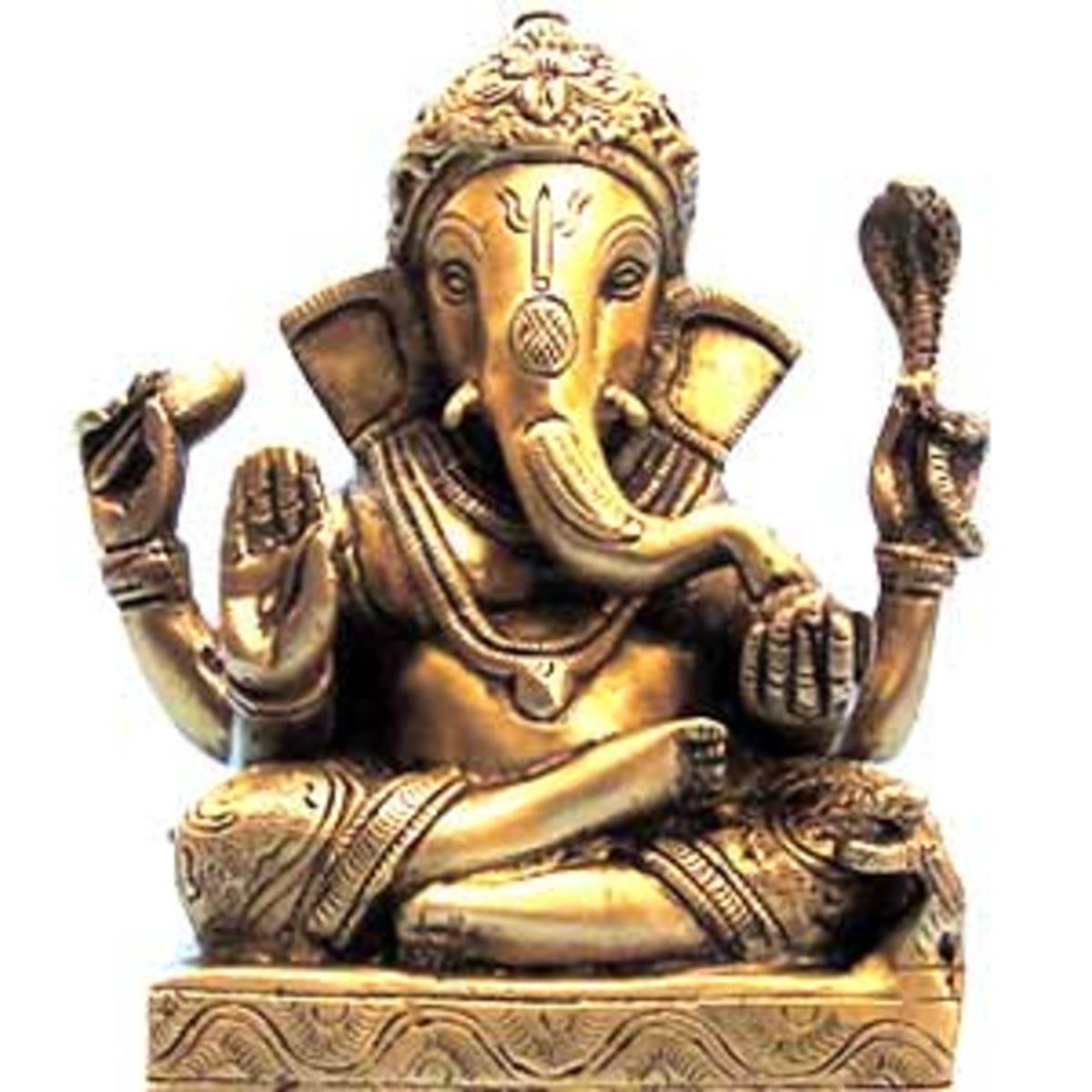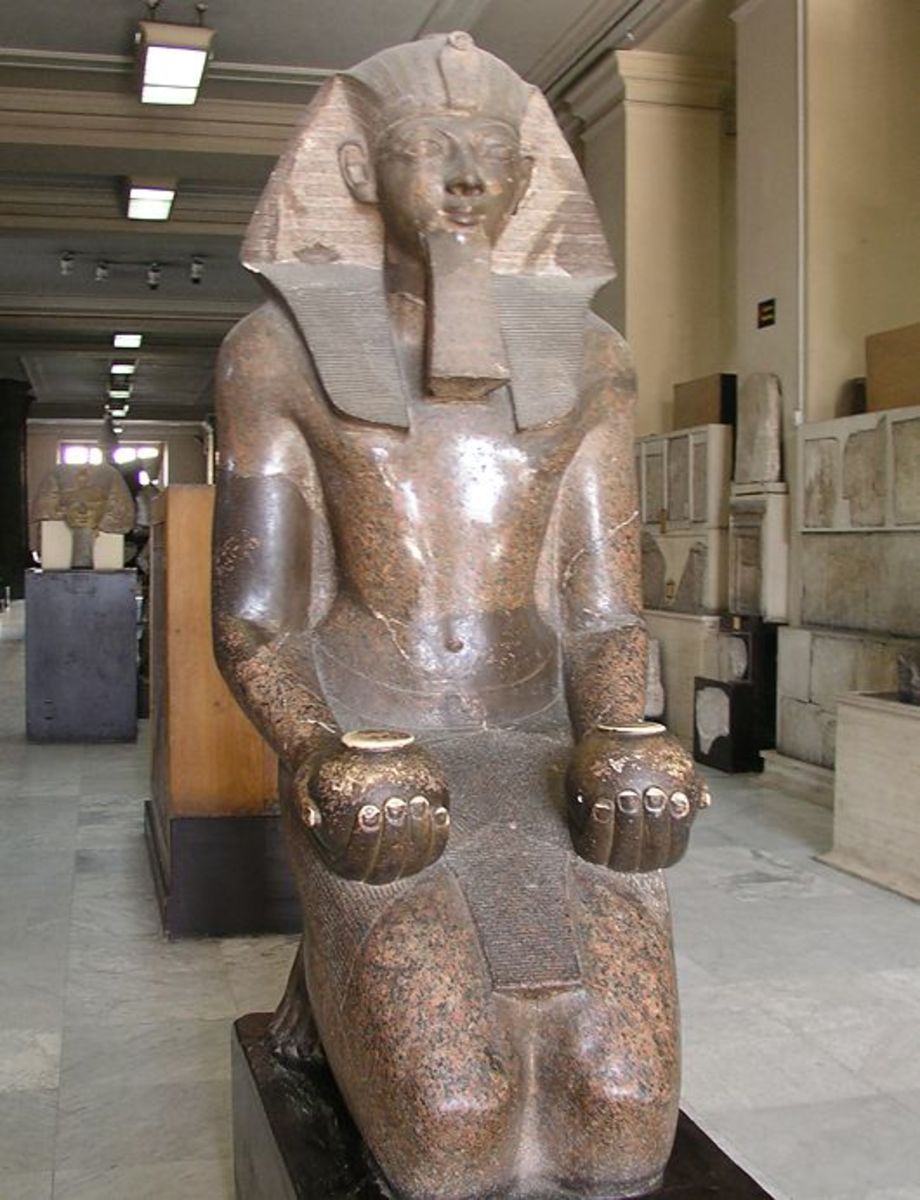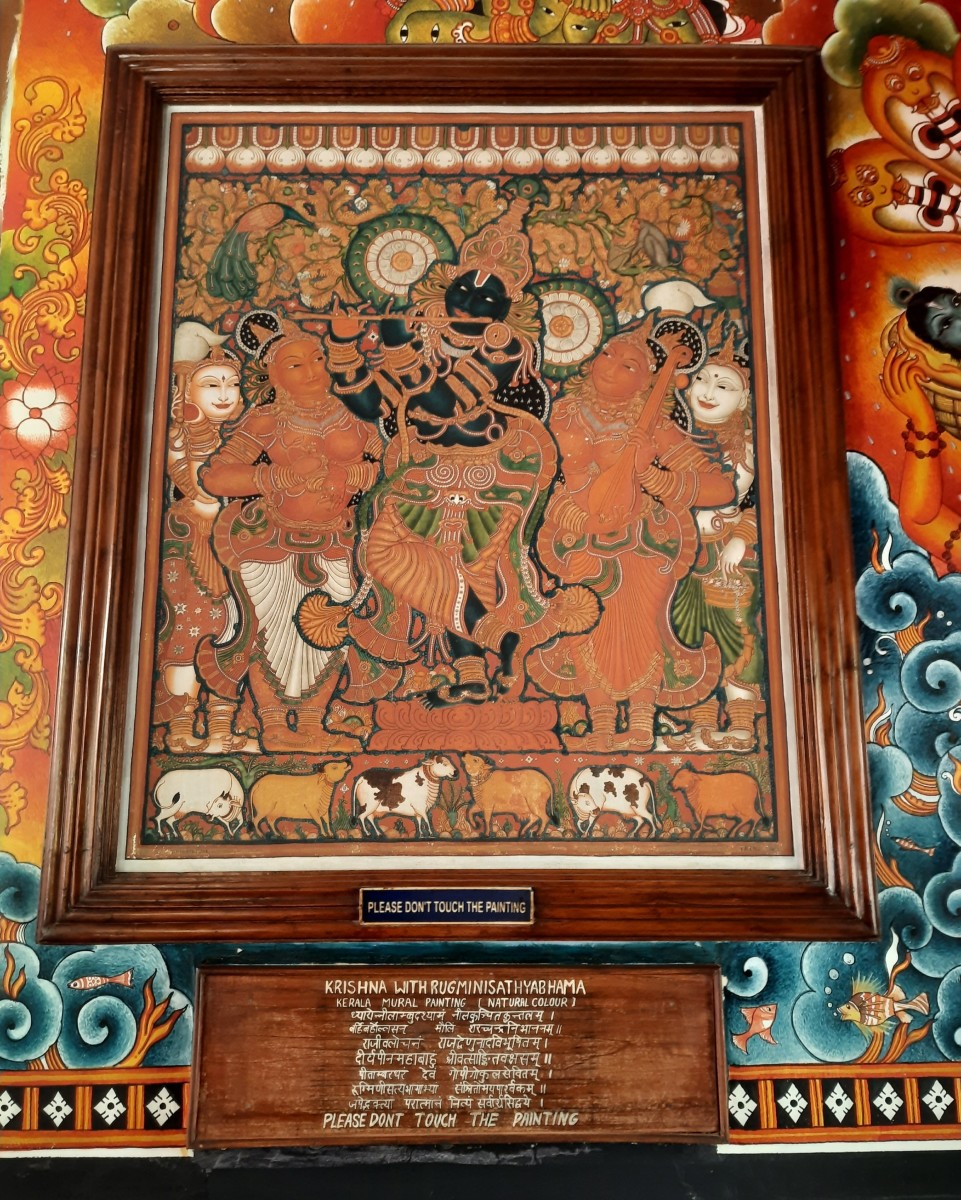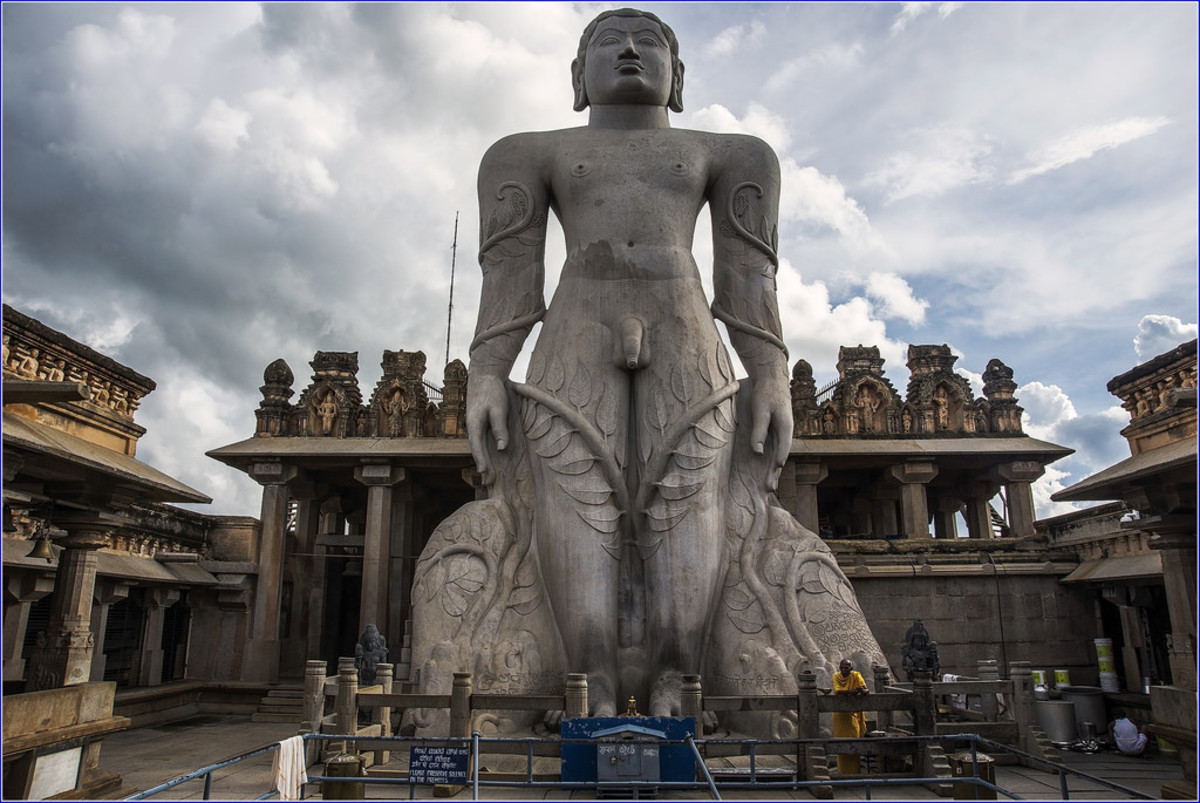Ancient Indian History of Sex - Kama Shastra
History of sex in India is very old since the Indian civilization started. According to the books on Ancient India from ancient times to 1000 A.D., there are a lot of subjects and aspects involved. For example at the time of Indus Valley Civilization, people who are known as Dravidians considered sex for reproduction and increasing family. The status of women was good and respectful, but when the Aryans, who were white-skinned tall people, invaded Indus Valley and wiped off their civilization, the status of women changed. Aryans were fond of merrymaking, playing outdoor games such as hunting and horse racing. Sex in this era was considered not only for reproduction but also for pleasure.
Here is when the entrance of Kamasutra and Kama Shastra started.
There was an Ancient famous dialogue by Adi Sankara and Padmapada through which you can better understand the meaning of Kama Shastra which was prevalent in Ancient India. In India, sex is not only meant for pleasure and different positions but it is something different, so read on this famous dialogue of Padmapada and Adi Sankara in order to learn this interesting aspect of Kamashastra.
This is a famous dialogue from the Madhaviya Shankara Digvijaya wherein after defeating Mandana Misra in the debate, Ubhaya Bharathi, Mandana's wife requests Shankara to debate with her. When the debate starts she asks questions about Kamashastra. Shankara replies that he being a sanyasi does not know about this. However, he asks for a period of one month wherein he would learn and then debate on this matter. Seeing that Shankara has accepted the task to explain Kama Shastra, Padmapada his favorite disciple begins to doubt his teacher thinking that how a sanyasi can explain about Kamashastra. That is when he confronts his teacher to satisfy his doubts. These excerpts are from V. Upadhyaya's famous book "Sri Shankaracharya"
Padmapada's opposition to Shankara's Parakaya Pravesha (a method through which a person can transform his/her body into another person):
"Acharya! By performing Parakaya Pravesha, highly learned yogis have accomplished many miraculous deeds, I know this also I do know that this art is very Ancient and you are very well versed in it. However, can a Sanyasi do such a kind of an act is my question? How can you compare the sanyasi dharma, which is also called as Anand Ashram with the heinous Kaamashastra. Also, if at all you intend to debate on Kaamashastra, I feel it would lead to lot of disorientation of the whole Veda and Advaita Vedanta tradition. Already the sanyasi dharma is becoming extinct and your vow is to reestablish it, but now I feel that you are deviating from your goal. Hence, I feel that this whole act of you migrating your soul to a different body is not a correct decision."
Shankara's answer to Padmapada's doubt was that.
Shankara heard the words of Padmapada and appreciated his deep thought and answered thus: "Your words are an outcome of your utter devotion to your teacher. However, you have seen this truth only in its outer form, not in its deep state. The root of a want is the desire to have it, you know this. If a person sees this world as heinous, then whatever deeds he does is of no use either to him or to the others. His heart is desire less; hence, it is of no use. Such a person is free from the binds of this world. Any person who thinks that this world is false and is just an illusion, such a person is free from Karma.
Any person who has ahamkara (self centered) or the I factor when he does any karma, that person is surely and always bound by his deeds. However, when a jiva (living being) loses the I through jnana, then he is not bound by his deeds. Such a person is not even bound by the sin of Brahma Hatya. Similarly even if one does a thousand Ashwamedha yagya, he will not attain any punya. In other words a brahmajnani (a person possessing complete knowledge) is free from sin and virtue alike. You know the story of Indra killing Twashta's son and preparing food out of his shoulder flesh but Indra was not bound by the sin as he was desire less. Similarly Janaka performed thousands of yajnas but he was a knower of Brahman or he was a Rajarishi. The gist here is that he did not attain any punya, as he too performed the deeds or the yajnas without desire. This is the mysterious world of a brahmajnani. A brahmajnani neither suffers a sin, nor he enjoys a virtue, rather he is always in his sat chit ananda form. All this can be attained through jnana and once the I factor is lost and all the deeds are performed without desire."
"I am out of the reach of desire, I would perform the Parakaya Pravesha and learn the Kaama Shastra as a science or a scripture. This not heinous in any way. Isn't it? Hence, I request you to help me (your teacher) to perform this miraculous and tedious job."
Such dialogues between pupil and teachers were common in Ancient India and gave rise to such volumes of literature like Upanishads, Gita, Puranas, and others.
Kamasastra is an important sastra and it is the key used by devtaas to keep the evolution on earth going on. Kama Sastra or the Science of Desire is very important one to master to cross the samsara (world). As long as the desire (Maya) exists, a jeeva (living being) will continue to be in the ocean of life.
Acarya replies to Barathi's question to Barathi in her dreams showing the union of Parvathi (Indian Goddess) and Parameshwara (God) in Kailasha, which is the cause of this universe.
When Shiva and Shakti union is very, very scientific, shiva is reference of matter or mass (Linga is the symbol representing this).
Shakti is Energy. Only when matter and energy combine, life originates or brahma is created.
A history professor talking about nuclear physics is truly irrelevant but you cannot consider that same professor learning about it being wrong, similarly Kaamashastra is one of the important parts of Indian science.
To better explain the word Kamashastra, learn the meanings of the words listed below first and then it will be very easy for you to know the exact meaning of Kamashastra/
The word Kama means pleasure, which has three classifications namely, Kanchanam, Kamini, Keerthi.
Kanchanam refers to materialist things like money, wealth, cash, dollars, rupees, pounds, yen, gold, silver, platinum, etc.
Kamini refers to pleasure of all kind whether its from woman (sex comes in here), different food types, juices, hard drinks, etc.
Keerthi refers to fame, which is any kind of fame, pop star, military commander, politician, Bollywood or Hollywood star, or any fame you can think of, so Kamashastra refers to all these three. Its essential for us to live, moreover its the root cause of jeeva (living being) or aatma (soul or consciousness) to exist (feeling separated) in brahmans or sanyasis.
In some stages of Ancient India, woman had equal rights just like men when they openly discussed Kamasastra in a debate; however, Acharyas did not respond immediately and directly to women.
Acharya beautifully shows the mode of conduct between men and woman. Such things have to be discussed only among those who have right mind, attitude, and perception.
Only upon understanding the Kamasastra completely and its connection to mind (as mind and Kama are directly involved) and development of the higher subconscious mind (state of Turiya or Samadhi) leading to Ananda (moksha) is all connected.
Kama also means emotional needs, so the debate was on emotional needs, and sex comes in the emotion brackets, now if you look at sex as any other emotional need, the debate had its merit in its own way.

